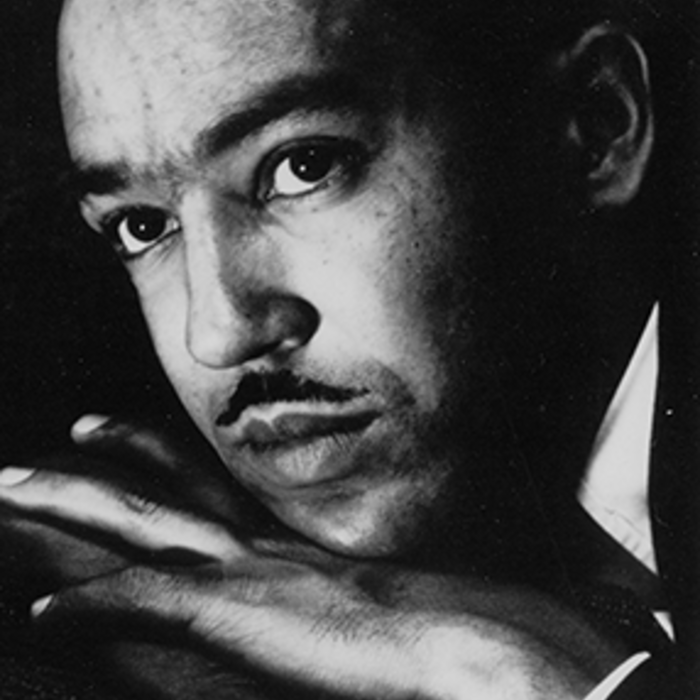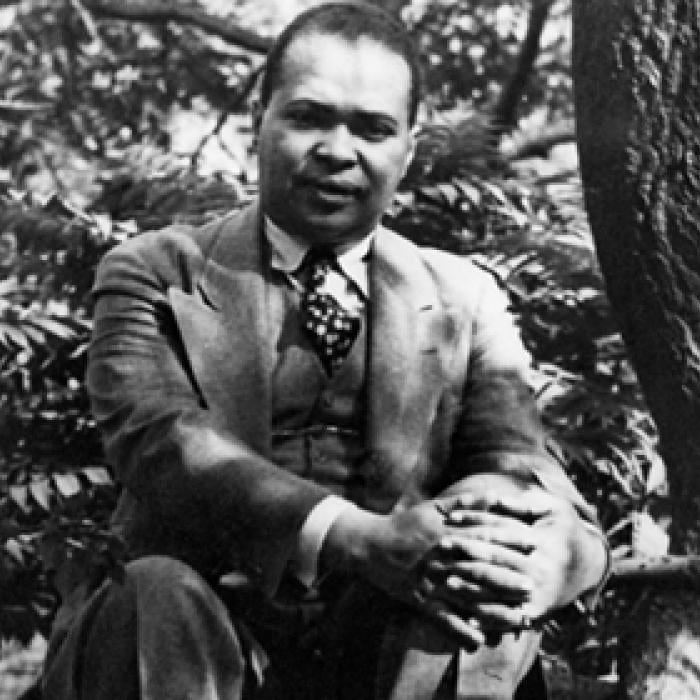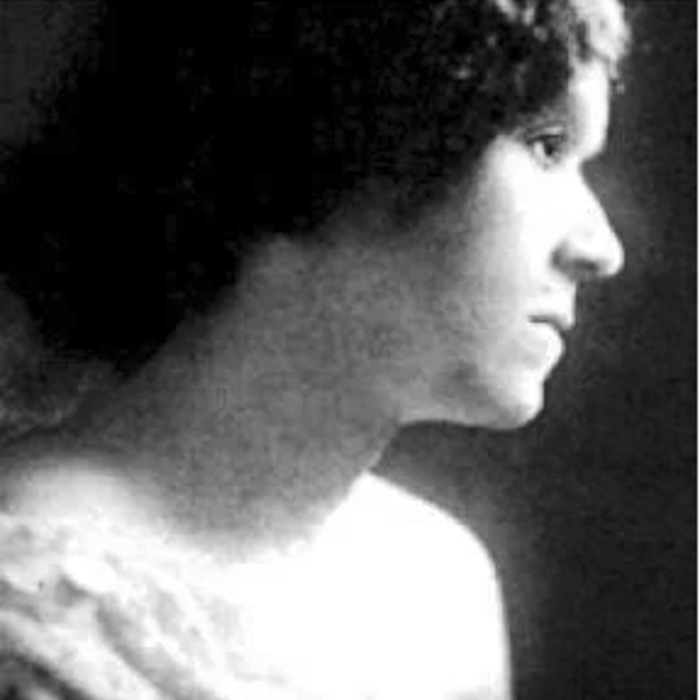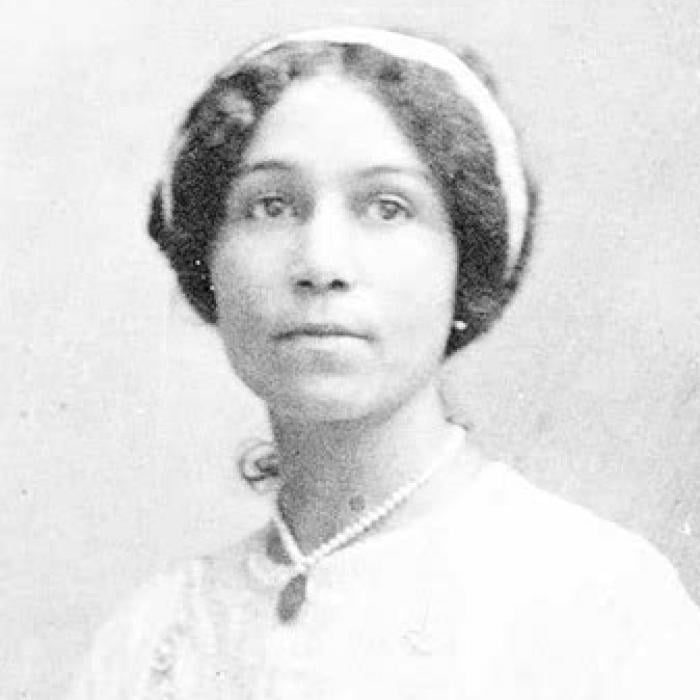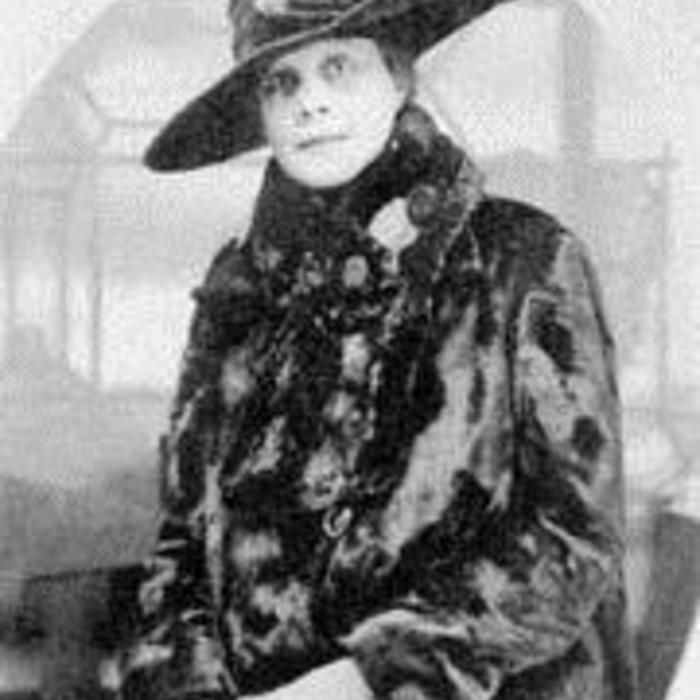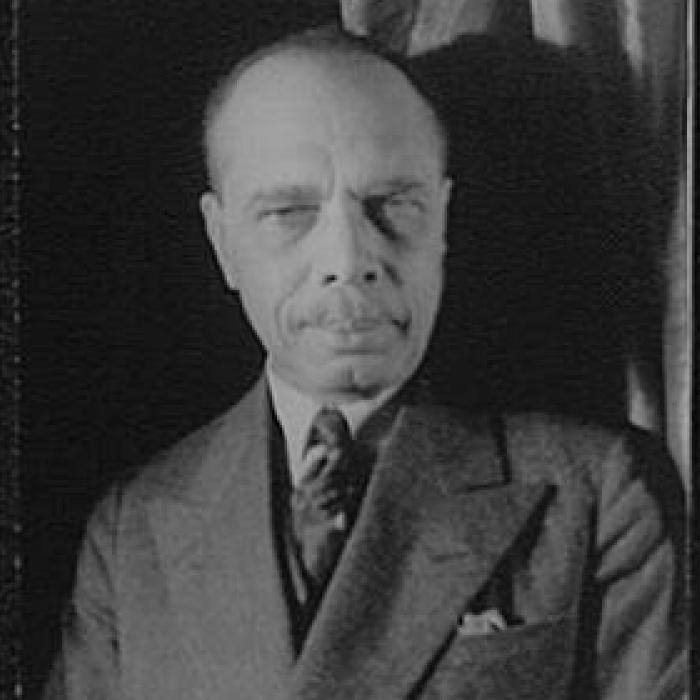Jessie Redmon Fauset
Jessie Redmon Fauset was born on April 27, 1882, in Camden County, New Jersey. She grew up in Philadelphia and attended the Philadelphia High School for Girls. She received a scholarship to study at Cornell University, where she was likely the first Black female student, and she graduated with a BA in classical languages in 1905. After college, she worked as a teacher in Baltimore and Washington, D.C.
In 1912, Fauset began to write for the NAACP’s official magazine, The Crisis, which was cofounded and edited by W. E. B. Du Bois. After several years contributing poems, essays, and reviews to The Crisis, Fauset became the journal’s literary editor in 1919, moving to New York City for the position.
In her role as literary editor, Fauset introduced then-unknown writers, including Countee Cullen, Langston Hughes, Claude McKay, and Anne Spencer, to a national audience. In his memoir The Big Sea, Hughes writes, “Jessie Fauset at The Crisis, Charles Johnson at Opportunity, and Alain Locke in Washington were the three people who midwifed the so-called New Negro literature into being. Kind and critical—but not too critical for the young—they nursed us along until our books were born.”
Along with her poetry and short fiction in The Crisis, Fauset published several novels known for their portrayal of middle-class African American life, including There Is Confusion (Boni and Liveright, 1924) and Plum Bun (Matthews & Marrot, 1928). She also edited The Brownies’ Book, a periodical for African American children, from 1920 to 1921.
Fauset left The Crisis in 1926 to teach French at a high school in the Bronx. She married Herbert Harris, a businessman, in 1929, and they lived together in New Jersey until his death in 1958. Fauset then returned to Philadelphia, where she lived until her death on April 30, 1961.

